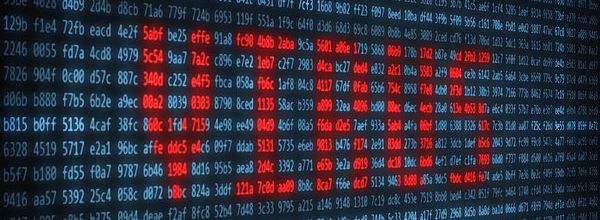Sometimes you know a project is going to be a pain before you even start it. For me, that is whenever I need to clone large (> 3 kb) or complex (e.g., a sequence with repeats) DNA fragments. Long and complex DNA fragments are more likely to create challenges during cloning. Such projects require extra care in just about every step of the process from planning to plating, and all of this extra care can drag down the speed of the process.
To help you out, I have put together the tips I have learned along the way when cloning large or complex DNA fragments!
Plan, Plan, Plan!
- Plan tasks in the order that the experiments will be carried out.
- Keep track of everything.
- Examine your sequence in detail up front! The longer the sequence is, the more likely it is to contain your desired restriction recognition sequence outside of the multiple cloning site. By examining the sequence upfront, you can plan around this issue so you don’t have to start over in the middle of your cloning experiment.
Build in Backups
Anyone familiar with cloning will know that restriction enzymes don’t always cut as thoroughly as hoped for or that a secondary structure can get in the way of a ligation. The key is to be prepared for these pitfalls! Design the experiments so that you have two restriction enzyme sites on each side of the insert location. This allows flexibility in case one enzyme doesn’t work as you expect. This way you’ll have a good backup plan from the start!
Be Extra Clean
The more complex the cloning experiment, the cleaner your reactions should be. It’s tempting to skip a cleanup step between digestion and phosphatase treatment, for instance, because this step doesn’t make much of a difference in ‘normal’ cloning (in my experience). In complex experiments however, each step should be cleaned up, either with a column or good old-fashioned ethanol precipitation.
Cleaning up after each step reduces the risk of carrying potential contaminants to the next step and makes way for easier troubleshooting. Do make sure you keep an eye on whatever cleanup columns you use though, as some don’t bind fragments > 10 kb. In addition, the lab that I work in has found that long sequence repeats don’t always bind the column matrix.
Expect a Lower Plating Efficiency
Depending on how complex the project is, don’t be surprised if you don’t see many colonies on your plate after transformation. I have found that ligation and transformation become less efficient the larger the fragments get, and ligation is often tricky when complex sequences are involved. I have often only gotten 2 bacterial colonies when cloning large stretches of sequence repeats, whereas with a normal cloning experiment I would expect hundreds!
Make sure you are diligent about running positive and negative controls, and as long as your negative plate is empty don’t be afraid to check out those few lone colonies on your experimental plate. You might just be in luck!
Sometimes You Have to Go Old School
Most commercial kits are only designed for standard cloning experiments and each have their limits. For instance, a kit I frequently use can only cleans DNA pieces up to 10 kb. This isn’t very useful when I need to clone a 15 kb insert. For these experiments I either use a kit designed for large fragments or ethanol precipitation. No matter which route you decide to go, make sure you are aware of the technique’s limitations ahead of time.
Think Outside the Box!
For large and very complex fragments, one of the more difficult tasks within the process is cleaning and ligating insert DNA. In these cases, our lab has found it helpful to skip the cleanup process altogether and simply perform an in-gel ligation. Both insert and vector are run on a low melting point gel and the fragments are excised, melted, and ligated while still in the gel matrix overnight. The gel is melted in the morning and the reaction inserted directly into cells. The gel stabilizes large and complex pieces of DNA, and cumbersome cleanup steps are avoided.
The real key to complex cloning is to take your time and be extra thorough. Use the cloning skills that you already have and think through each step before you do it. Apply the tips given here to what you already know, and you will be done in no time! Good luck!





